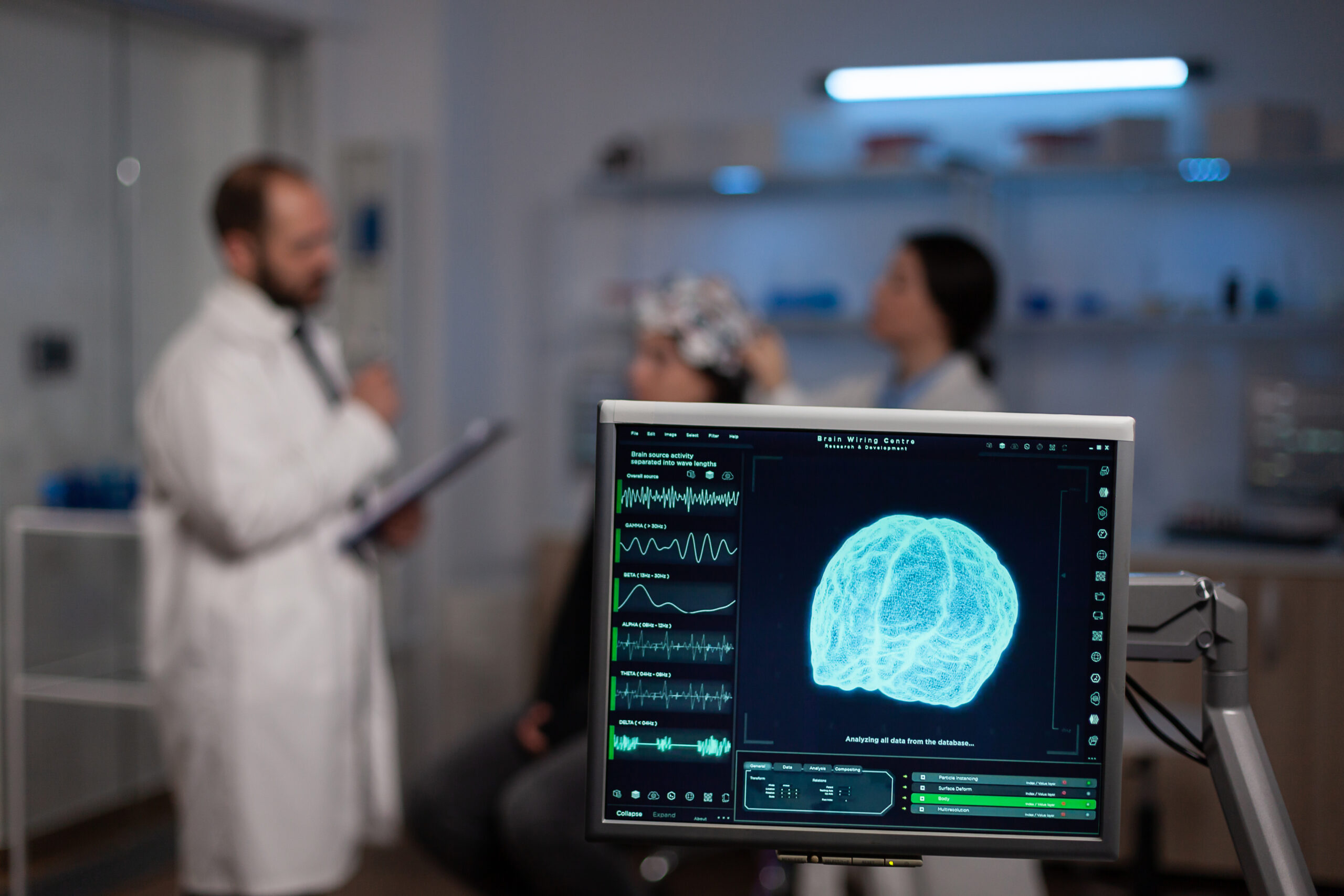
What is an EEG?
Imagine a network of tiny microphones sprinkled across your scalp, listening intently to the electrical activity of your brain. That’s essentially what an EEG does. It uses electrodes placed on your head to pick up the tiny electrical currents generated by your neurons as they communicate. These signals are then amplified and recorded, creating a series of squiggly lines on a screen or paper – your brain’s unique musical signature.
What can an EEG tell us?
Just like a conductor analyzing the orchestra’s performance, an EEG reveals a wealth of information about your brain’s activity:
Benefits of an EEG:
What to Expect During an EEG:
The procedure is typically painless and takes about an hour. You will sit or lie down in a comfortable chair or bed. The technician will attach electrodes to your scalp with a conductive gel. You may be asked to perform specific tasks or simply relax while the EEG recording is underway.
Decoding Your Brain’s Symphony:
While the EEG’s squiggles might seem like a cryptic code, your doctor or a neurophysiologist can interpret them to understand your brain’s unique language. They can then use this information to diagnose conditions, monitor treatment effectiveness, and gain insights into your cognitive function.
EEG: A Window into the Mind’s Mysteries:
EEG technology offers a powerful glimpse into the hidden world of the brain. It’s a valuable tool for understanding neurological health, diagnosing disorders, and unlocking the mysteries of human consciousness. As research continues to evolve, EEG’s potential to improve our understanding of the mind and even develop brain-computer interfaces seems endless.
Copyright ©2023 – Plasma Medinostics. All Rights Reserved. Developed and designed by Buzzing Brands